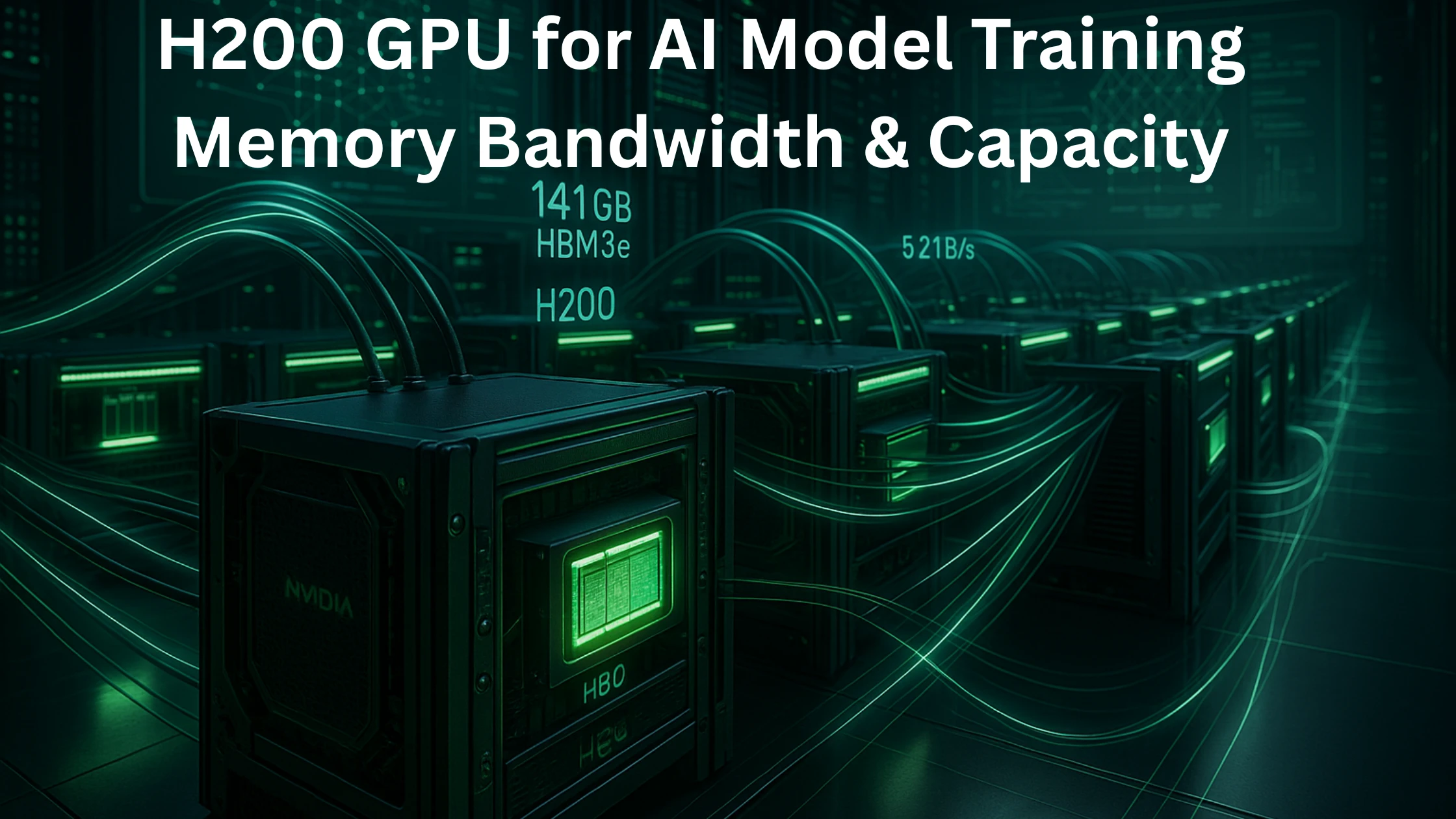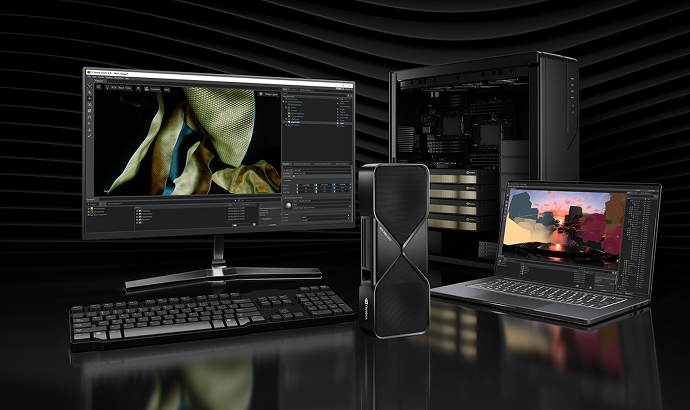

Writing About AI
Uvation
Reen Singh is an engineer and a technologist with a diverse background spanning software, hardware, aerospace, defense, and cybersecurity. As CTO at Uvation, he leverages his extensive experience to lead the company’s technological innovation and development.

The H200 GPU is ideal because it directly addresses the new bottlenecks in modern AI pipelines: memory bandwidth and capacity. While compute power was once the primary constraint, large models like LLaMA-65B and GPT-3 now frequently hit limitations related to memory. The H200 offers a significant upgrade with 141 GB of HBM3e memory and 5.2 TB/s bandwidth, providing the necessary headroom for uninterrupted and efficient training cycles, especially with increasing token windows and growing model sizes.
The main differences lie in memory type, capacity, and bandwidth. The H100 uses HBM3 memory, offering 80 GB capacity and 3.35 TB/s bandwidth. In contrast, the H200 features more advanced HBM3e memory, providing a significantly larger 141 GB capacity and a faster 5.2 TB/s bandwidth. The H200 also includes a Gen 2 Transformer Engine, an upgrade from the H100’s Gen 1, further enhancing its capabilities for demanding AI workloads.
Transformer models are highly reliant on memory bandwidth, particularly during backpropagation where matrices are repeatedly accessed. The H200’s 5.2 TB/s HBM3e bandwidth significantly reduces memory fetch latency. This allows for more consistent token throughput and fewer processing stalls, leading to faster training. This enhanced bandwidth is particularly crucial when utilising advanced features like FP8 precision and sparse matrix optimisations, which are enabled by the H200’s Gen 2 Transformer Engine.
Large models like LLaMA-65B require substantial memory for training. For instance, LLaMA-65B, with 65 billion parameters, needs approximately 130 GB of memory when using FP16 precision. This exceeds the 80 GB capacity of the H100, meaning it cannot fully reside in its memory. GPT-3 (175B parameters) requires even more, around 350 GB in FP16, necessitating a multi-GPU setup even with the H200. The H200’s 141 GB capacity allows LLaMA-65B to fit entirely in its memory, which is a significant advantage.
Upgrading from an H100 to an H200 yields substantial throughput gains, leading to faster epoch times and improved batching. For a LLaMA-65B model, an H100 can achieve approximately 5,000 tokens/sec with an epoch time of 9.2 hours, using 78 GB of memory. The H200, however, can nearly double the throughput to 9,300 tokens/sec, reducing the epoch time to 4.8 hours, while utilising 129 GB of its memory. This demonstrates a near 50% reduction in epoch time, with further room to scale sequences.
In H100-based clusters, memory constraints often force teams to implement techniques like gradient checkpointing and weight sharding. These workarounds introduce several bottlenecks: increased inter-GPU synchronisation latency, higher power consumption, greater rack usage, and the potential for model truncation when dealing with large datasets. By contrast, the H200’s larger memory capacity can eliminate the need for such complex logic, significantly reducing training times and improving efficiency, as seen by one NLP team cutting training time by 35% after switching.
Uvation provides comprehensive support to help enterprises optimise H200 memory efficiency beyond just hardware delivery. Their services include memory-aware model-to-cluster sizing, deployment of DGX-H200 clusters with NVLink fabric for high-speed interconnects, and pre-built training stacks like Triton and NeMo. They also offer observability dashboards for GPU cost modelling and memory profiling sessions, ensuring that organisations can effectively manage and monitor their GPU resources to maximise the H200’s capabilities.
The decision to upgrade depends on the specific workload. For GenAI inference requiring latency below 100 ms, the H200 is preferred due to its larger memory and faster token processing. For foundation model training focused on high throughput, multi-GPU H100 setups can be a more cost-effective scale-out solution. However, for fine-tuning 65B+ models where memory capacity is critical, the H200 is the superior choice because its 141 GB can host the full model, eliminating memory bottlenecks. Uvation offers advisors to simulate usage patterns and validate the best GPU choice for specific needs.
We are writing frequenly. Don’t miss that.

Unregistered User
It seems you are not registered on this platform. Sign up in order to submit a comment.
Sign up now